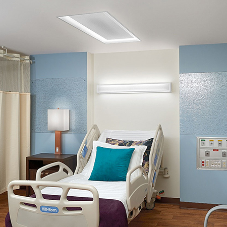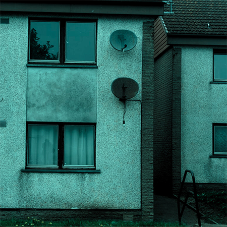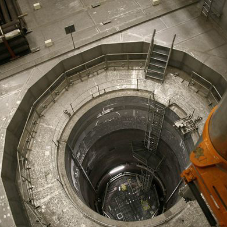For four weeks every four years all eyes are on the Olympic host nation, making it their chance to show us what they’re made of. The Olympic Games have showcased not only fantastic sporting ability but also stunning architectural design over the years.
In true Olympic spirit we’re celebrating our 5 favourite Olympic stadiums:
The Yoyogi National Stadium – Tokyo 1964:
The stadium, purpose built for the 1964 Games, was designed by Kenzo Tange and built to house the swimming and diving events. The arena launched Tange’s career and even led him to win the Pritzker Prize.
When it was completed the National Gymnasium had the world’s largest suspended roof. Exposed concrete, metal and steel were used to achieve its dynamic form.
The arena holds 13,291 people and is now mainly used for ice hockey and basketball.
The Olympic Stadium – Munich 1972:
The Munich Games was often seen as Germany’s fresh start after Berlin 1936. Architect Frei Otto, inspired by the Games’ motto “The Happy Games”, created a whimsical, sweeping tensile structure that flowed over the Olympic site.
The structure bridges all of the main buildings together, the canopies membrane is suspended from multiple vertical masts. This allows for the dramatic and dynamic structure that flows over the site.
The membrane is clad in acrylic glass panels which, through reflection, creates a relationship with the sky above.
The venue still hosts sporting and music events.
The Olympic Stadium – Montreal 1976:
Designed by French architect Roger Taillibert, this stadium was inspired by both animal and plant structures.
The 34 cantilever panels, with four shortened panels at the base of the Tower, determine the overall geometry of the Stadium.
As the only covered amphitheatre in Quebec the arena hosts 56,000 people.
The Bejing National Stadium – Beijing 2008:
Located in the north 4th ring of Beijing city, the Beijing National Stadium was designed by Pritzer Prize winning architects Jacques Herzof and Piere de Meuron. It was known as the Birds Nest.
The inspiration for the structure comes from a combination of local Chinese art forms; crackle glazed pottery popular in Beijing and veined Chinese scholar stones.
The stadium has a gross volume of three million cubic metres and sits 91,000. It is considered to be the world's largest enclosed space. It is also the world's largest steel structure using 26km of unwrapped steel.
London Aquatics Centre – London 2012:
The London Aquatics Centre, Queen Elizabeth Olympic Park was at the centre of the London 2012 Olympic and Paralympic Games.
It was designed by architect Zaha Hadid in 2004, and was inspired by the movement of water, mirroring the surrounding riverside landscape.
At the time of the Games the venue hosted 17,500 spectators but now hosts 2,800. The venue is now open to the local community and hosts swimming and diving events.
Who wins the gold? Well that’s up to you! Join in the discussion on our LinkedIn page.
Related Blog Articles



crop192.png)












